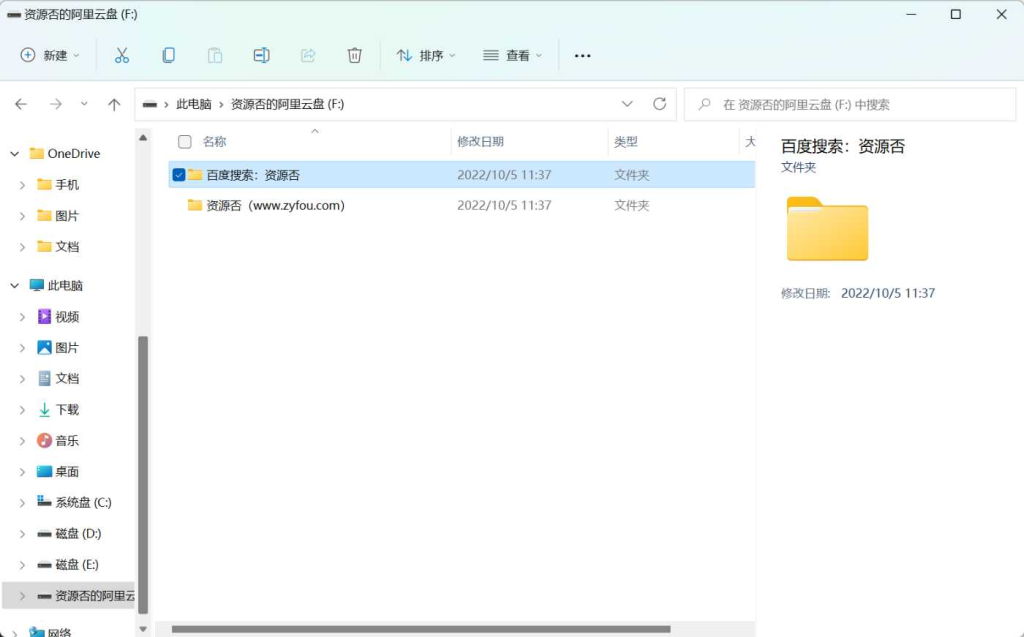nginx常用功能
1、http代理,反向代理:作为web服务器最常用的功能之一,尤其是反向代理。
这里我给来2张图,对正向代理与反响代理做个诠释,具体细节,大家可以翻阅下资料。

nginx在做反向代理时,提供性能稳定,并且能够提供配置灵活的转发功能。nginx可以根据不同的正则匹配,采取不同的转发策略,比如图片文件结尾的走文件服务器,动态页面走web服务器,只要你正则写的没问题,又有相对应的服务器解决方案,你就可以随心所欲的玩。并且nginx对返回结果进行错误页跳转,异常判断等。如果被分发的服务器存在异常,他可以将请求重新转发给另外一台服务器,然后自动去除异常服务器。
2、负载均衡
nginx提供的负载均衡策略有2种:内置策略和扩展策略。内置策略为轮询,加权轮询,ip hash。扩展策略,就天马行空,只有你想不到的没有他做不到的啦,你可以参照所有的负载均衡算法,给他一一找出来做下实现。
上3个图,理解这三种负载均衡算法的实现

ip hash算法,对客户端请求的ip进行hash操作,然后根据hash结果将同一个客户端ip的请求分发给同一台服务器进行处理,可以解决session不共享的问题。

3、web缓存
nginx可以对不同的文件做不同的缓存处理,配置灵活,并且支持fastcgi_cache,主要用于对fastcgi的动态程序进行缓存。配合着第三方的ngx_cache_purge,对制定的url缓存内容可以的进行增删管理。
4、nginx相关地址
源码:
官网:
nginx配置文件结构
如果你下载好啦,你的安装文件,不妨打开conf文件夹的nginx.conf文件,nginx服务器的基础配置,默认的配置也存放在此。
在nginx.conf的注释符号位#
nginx文件的结构,这个对刚入门的同学,可以多看两眼。
默认的config
#user nobody; worker_processes 1; #error_log logs/error.log; #error_log logs/error.log notice; #error_log logs/error.log info; #pid logs/nginx.pid; events { worker_connections 1024; } http { include mime.types; default_type application/octet-stream; #log_format main '$remote_addr - $remote_user [$time_local] "$request" ' # '$status $body_bytes_sent "$http_referer" ' # '"$http_user_agent" "$http_x_forwarded_for"'; #access_log logs/access.log main; sendfile on; #tcp_nopush on; #keepalive_timeout 0; keepalive_timeout 65; #gzip on; server { listen 80; server_name localhost; #charset koi8-r; #access_log logs/host.access.log main; location / { root html; index index.html index.htm; } #error_page 404 /404.html; # redirect server error pages to the static page /50x.html # error_page 500 502 503 504 /50x.html; location = /50x.html { root html; } # proxy the php scripts to apache listening on 127.0.0.1:80 # #location ~ .php$ { # proxy_pass http://127.0.0.1; #} # pass the php scripts to fastcgi server listening on 127.0.0.1:9000 # #location ~ .php$ { # root html; # fastcgi_pass 127.0.0.1:9000; # fastcgi_index index.php; # fastcgi_param script_filename /scripts$fastcgi_script_name; # include fastcgi_params; #} # deny access to .htaccess files, if apache's document root # concurs with nginx's one # #location ~ /.ht { # deny all; #} } # another virtual host using mix of ip-, name-, and port-based configuration # #server { # listen 8000; # listen somename:8080; # server_name somename alias another.alias; # location / { # root html; # index index.html index.htm; # } #} # https server # #server { # listen 443 ssl; # server_name localhost; # ssl_certificate cert.pem; # ssl_certificate_key cert.key; # ssl_session_cache shared:ssl:1m; # ssl_session_timeout 5m; # ssl_ciphers high:!anull:!md5; # ssl_prefer_server_ciphers on; # location / { # root html; # index index.html index.htm; # } #} }
nginx文件结构
... #全局块 events { #events块 ... } http #http块 { ... #http全局块 server #server块 { ... #server全局块 location [pattern] #location块 { ... } location [pattern] { ... } } server { ... } ... #http全局块 }
1、全局块:配置影响nginx全局的指令。一般有运行nginx服务器的用户组,nginx进程pid存放路径,日志存放路径,配置文件引入,允许生成worker process数等。
2、events块:配置影响nginx服务器或与用户的网络连接。有每个进程的最大连接数,选取哪种事件驱动模型处理连接请求,是否允许同时接受多个网路连接,开启多个网络连接序列化等。
3、http块:可以嵌套多个server,配置代理,缓存,日志定义等绝大多数功能和第三方模块的配置。如文件引入,mime-type定义,日志自定义,是否使用sendfile传输文件,连接超时时间,单连接请求数等。
4、server块:配置虚拟主机的相关参数,一个http中可以有多个server。
5、location块:配置请求的路由,以及各种页面的处理情况。
下面给大家上一个配置文件,作为理解,同时也配入我搭建的一台测试机中,给大家示例。
########### 每个指令必须有分号结束。################# #user administrator administrators; #配置用户或者组,默认为nobody nobody。 #worker_processes 2; #允许生成的进程数,默认为1 #pid /nginx/pid/nginx.pid; #指定nginx进程运行文件存放地址 error_log log/error.log debug; #制定日志路径,级别。这个设置可以放入全局块,http块,server块,级别以此为:debug|info|notice|warn|error|crit|alert|emerg events { accept_mutex on; #设置网路连接序列化,防止惊群现象发生,默认为on multi_accept on; #设置一个进程是否同时接受多个网络连接,默认为off #use epoll; #事件驱动模型,select|poll|kqueue|epoll|resig|/dev/poll|eventport worker_connections 1024; #最大连接数,默认为512 } http { include mime.types; #文件扩展名与文件类型映射表 default_type application/octet-stream; #默认文件类型,默认为text/plain #access_log off; #取消服务日志 log_format myformat '$remote_addr–$remote_user [$time_local] $request $status $body_bytes_sent $http_referer $http_user_agent $http_x_forwarded_for'; #自定义格式 access_log log/access.log myformat; #combined为日志格式的默认值 sendfile on; #允许sendfile方式传输文件,默认为off,可以在http块,server块,location块。 sendfile_max_chunk 100k; #每个进程每次调用传输数量不能大于设定的值,默认为0,即不设上限。 keepalive_timeout 65; #连接超时时间,默认为75s,可以在http,server,location块。 upstream mysvr { server 127.0.0.1:7878; server 192.168.10.121:3333 backup; #热备 } error_page 404 https://www.baidu.com; #错误页 server { keepalive_requests 120; #单连接请求上限次数。 listen 4545; #监听端口 server_name 127.0.0.1; #监听地址 location ~*^.+$ { #请求的url过滤,正则匹配,~为区分大小写,~*为不区分大小写。 #root path; #根目录 #index vv.txt; #设置默认页 proxy_pass http://mysvr; #请求转向mysvr 定义的服务器列表 deny 127.0.0.1; #拒绝的ip allow 172.18.5.54; #允许的ip } } }
上面是nginx的基本配置,需要注意的有以下几点:
1、1.$remote_addr 与$http_x_forwarded_for 用以记录客户端的ip地址; 2.$remote_user :用来记录客户端用户名称; 3.$time_local : 用来记录访问时间与时区;4.$request : 用来记录请求的url与http协议;
5.$status : 用来记录请求状态;成功是200, 6.$body_bytes_s ent :记录发送给客户端文件主体内容大小;7.$http_referer :用来记录从那个页面链接访问过来的; 8.$http_user_agent :记录客户端浏览器的相关信息;
2、惊群现象:一个网路连接到来,多个睡眠的进程被同事叫醒,但只有一个进程能获得链接,这样会影响系统性能。
3、每个指令必须有分号结束。














